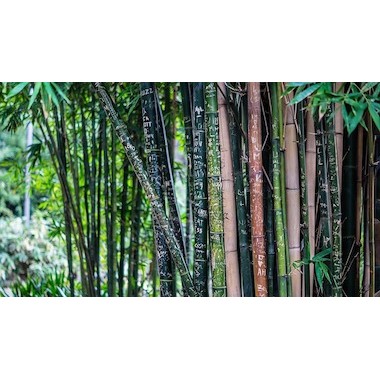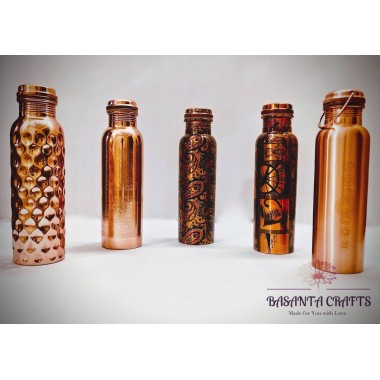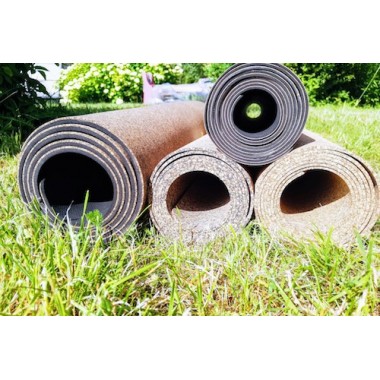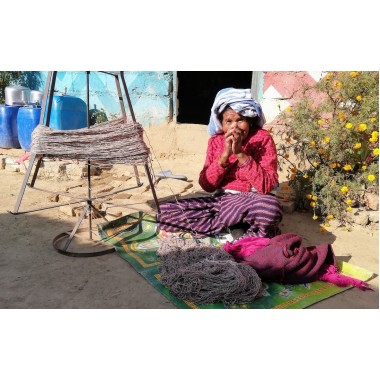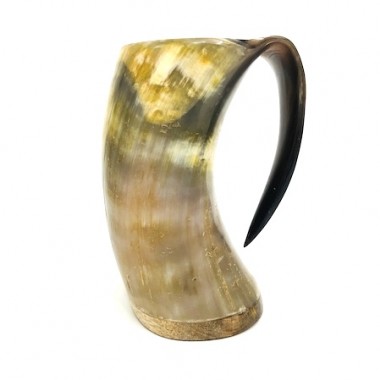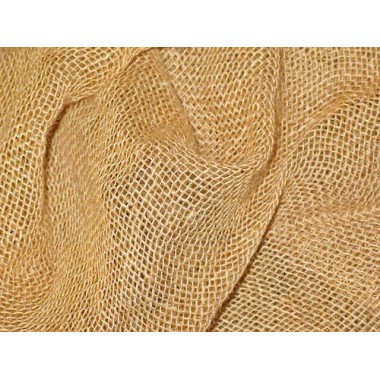blogas
Bamboo - Pandas Have The Point
We made plastic. We depend on it. Now we’re drowning in it.
Plastic material has made modern life possible. But more than 40 per cent of it is used just once, and it’s choking our waterways.
According to National Geography, more than 448 million tons of plastic are produced every year.
Copper Water Bottle Health Benefits
Copper is required to carry several bodily functions and is essential for the healthy growth of the body It is a part of or a cofactor in ~50 enzymes which are required to carry out biological reactions in the body.
Copper deficiency can cause various illnesses, such as Menkes disease or anaemia, and it may lead to neutropenia ( Deficiency of White Blood Cells). A person with neutropenia is more susceptible to infections.
Cork - Leather of Trees
When you see anything made out of cork, you don't quickly realise what is behind this material. Cork is harvested from a particular type of Cork Oak Tree (Quercus Suber) that is native southwest Europe and northwest Africa.
Corks bark feels soft and lightweight and yet it has waterproof properties. Due to its properties, cork was widely used in the housing and, of course, sealing our favourite beverages like wine and champagne.
Hemp - Cloth of Centuries
Horn'y up Your Kitchen!
Horns would be the last thing you would expect to see around someone's household. Unless you, of course, are a Viking descend. Probably all you knew so far is that horns are pointy projection on the head of animals.
Horn mainly contains keratin surrounding the live bone, a similar substance our hair has.
Usually, they have different shapes and sizes, mostly curved and spiral. Every horn product has a unique colour and pattern given by nature. Small irregularities don't mean a defect, and it only adds up to its originality. This feature makes them unique as there is no same product.
Jute - The Golden Fiber of India
Jute has been cultivated and used for centuries. It is second only to cotton. Due to its durability and adaptability and environmentally friendly nature, it has widely spread around India on various farms and households. It doesn't require as much water to grow as their counterpart cotton. Soon it started gradually be as much desirable as flax and hemp as all of them go through similar processing.
